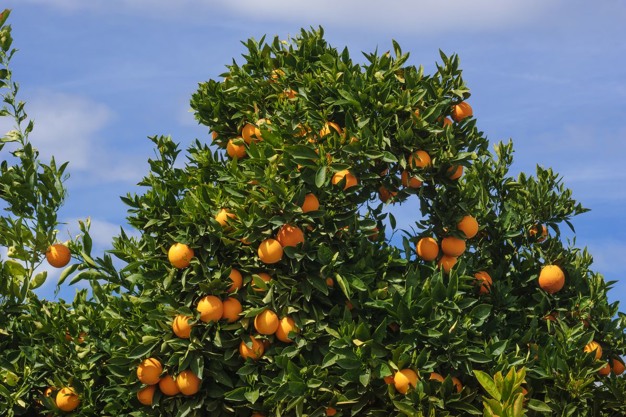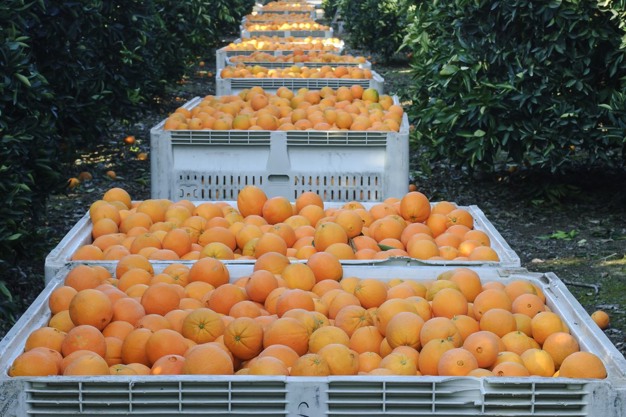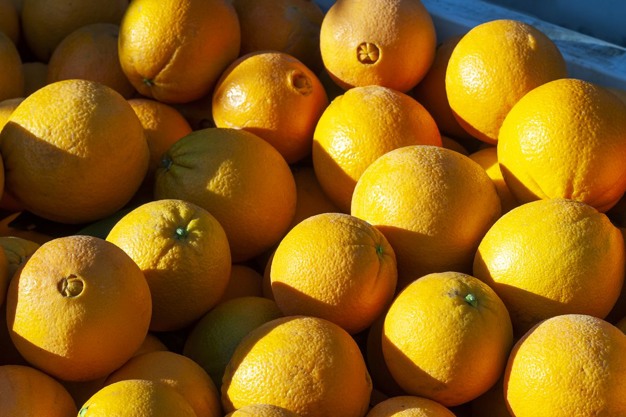Smaller California Navel oranges are scarce this season. This is mainly caused by fewer blossoms that developed into actual fruit on each tree. “When there are fewer oranges on the tree, each one gets more water and nutrients, along with more space on the tree,” says Mark Shaw, VP of Operations at Markon. “This results in an increase in the overall size with the majority of oranges ranging from 56- to 88-count per carton toward the end of the season.” This leaves smaller fruit, 113- and 138-count, scarce. In addition to fewer blossoms, the extra rain the state received last year also contributed to the increase in size. “The rain helped develop the groves’ root systems more than in previous years of drought, allowing trees to draw up more water and nutrients for their fruit.”

Substituting
Markon, strictly supplying the foodservice industry, is feeling the effects of the tight supply of smaller Navel oranges. “The foodservice sector typically orders smaller fruit and is impacted more than retail, where customers buy larger oranges more frequently,” Shaw said. In order for the foodservice sector to source enough fruit for their customers, they will likely have to alternate between different alternatives:
- Purchasing as much as of the small fruit on the market as possible.
- Supplementing with larger sizes (88-, 72-, and 56-count).
- Substituting Navel oranges with Cara Cara or Blood oranges.
- Shifting orders to different fruit varieties, including apples, grapes, pears, etc.
The situation is expected to get worse as the season progresses. “The longer the fruit remains on trees, the larger the size profile becomes,” commented Shaw. “In addition, growers have been harvesting smaller sizes as frequently as possible to meet demand. As a result, the fruit that is left by the end of the season, will mostly have a large size profile.” Recent rainfall in California is expected to further contribute to an increase in fruit size as the trees are now able to access more water. As of early February, Markon expects greater challenges to fill 113- and 138-ct. demand.

Florida and Texas
Both Florida and Texas can help alleviate some of the shortages as their size profiles are 80- to 100-count per carton and 113- to 138-count per carton respectively. However, the varieties in those growing regions are different from those grown in California. Florida growers are currently harvesting Mid Sweet oranges and will start shipping the Early Valencia variety in March. “These are seeded oranges that typically exhibit more brown scarring compared to Navels, Cara Caras, and Blood oranges from California.” Texas growers are only shipping the Early Orange Navel variety at this time and will move into the Valencia crop in February. “Roughly the same aesthetics can be expected, and these crops also possess more scarring on the rinds.”

 For more information:
For more information:
Nelia Alamo
Markon
Tel: (+1) 209-678-1354
[email protected]
www.markon.com
